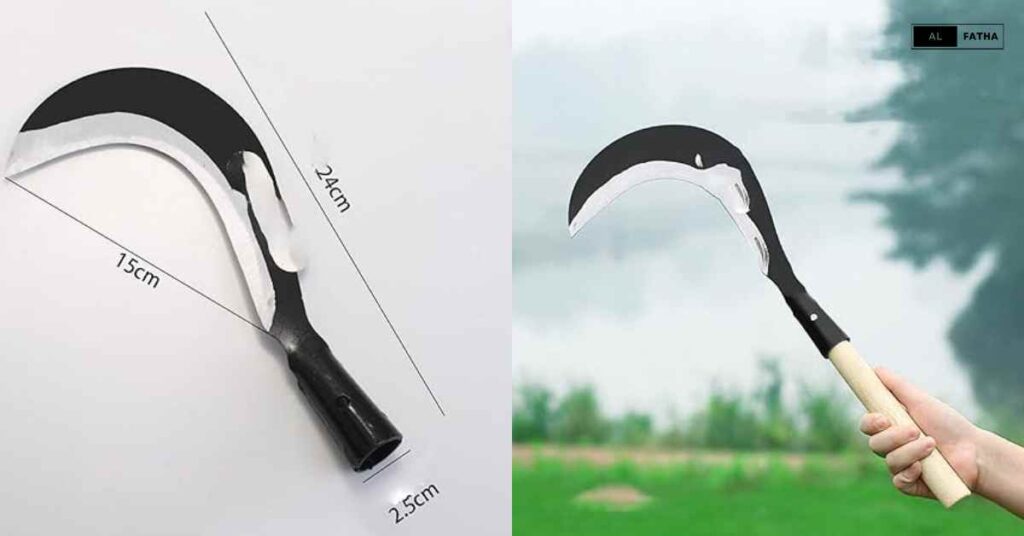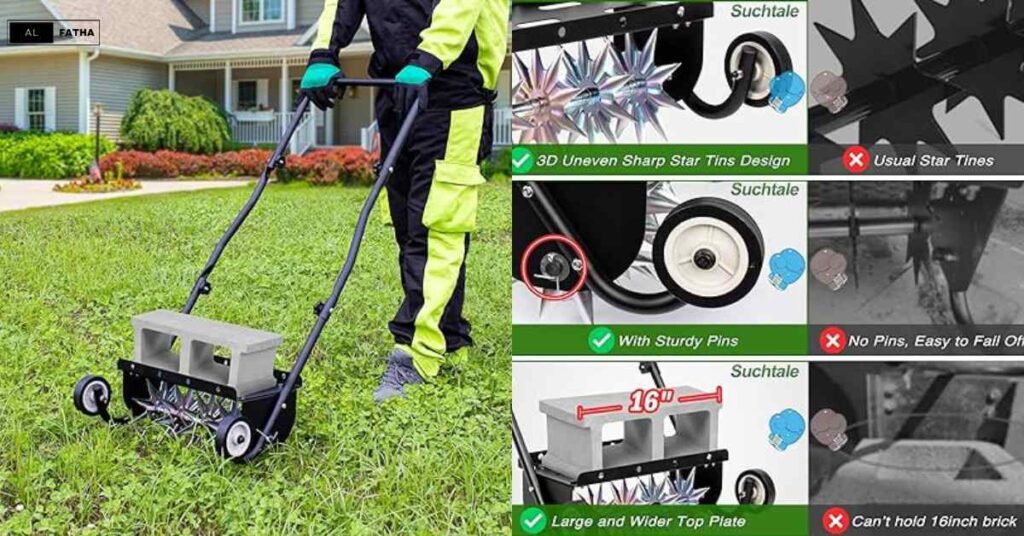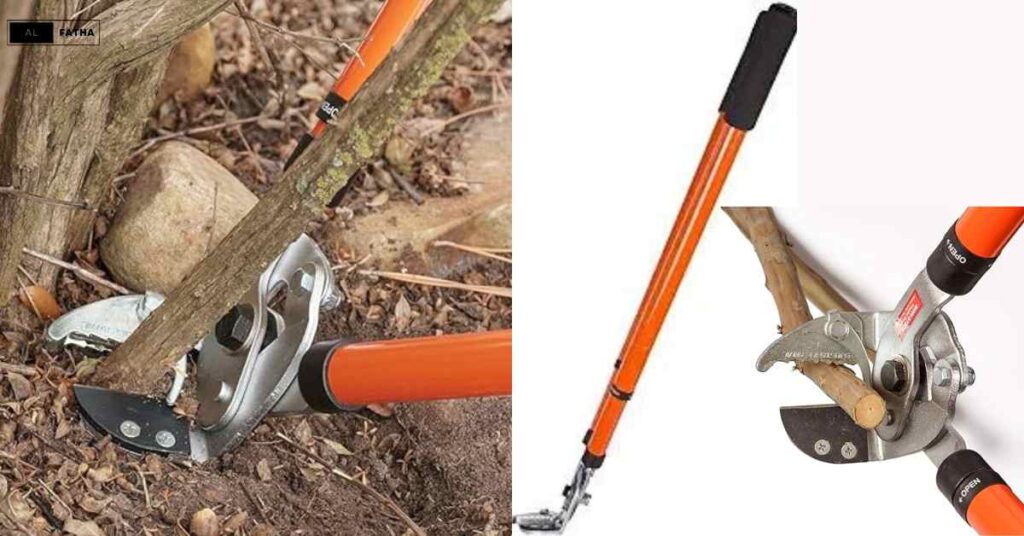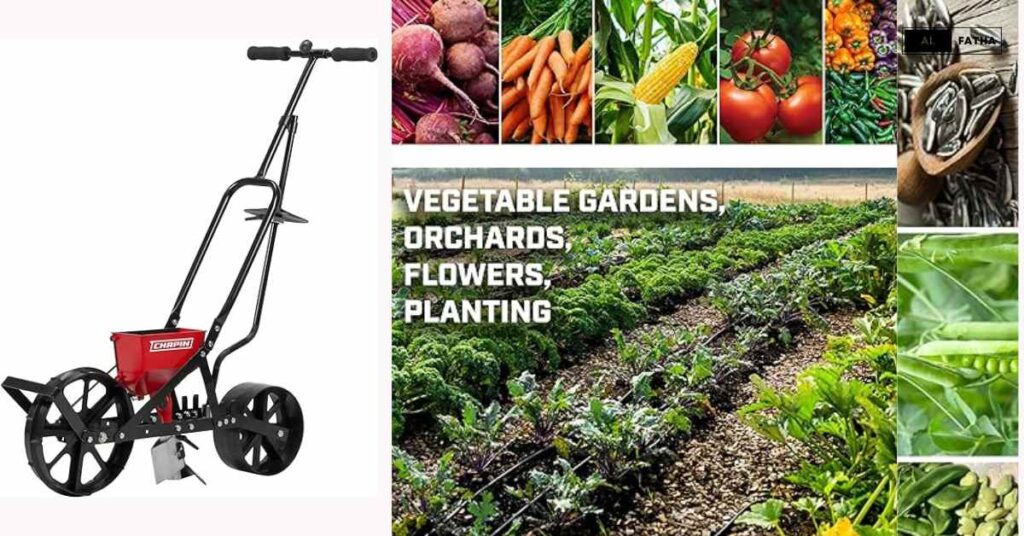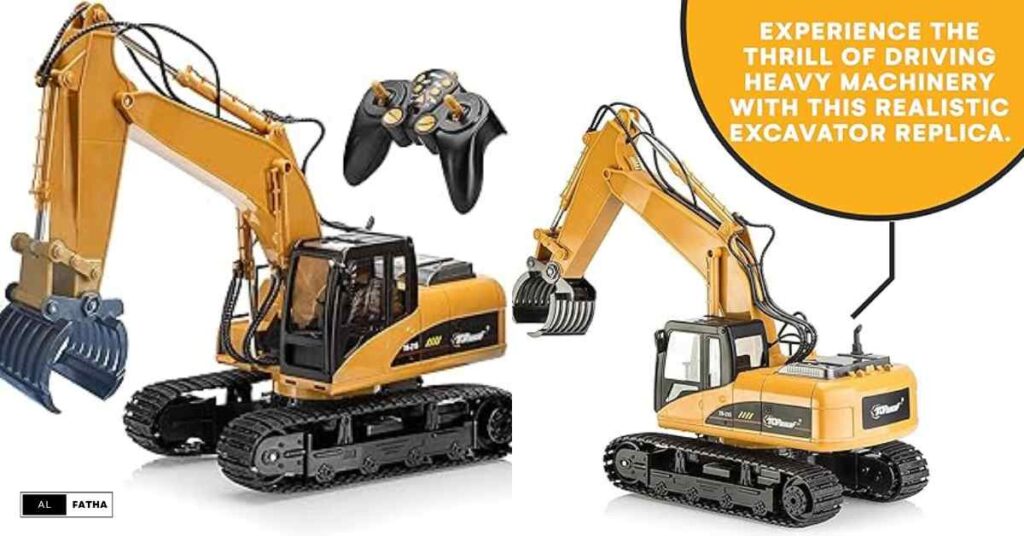Mechanical Harvesting Breakthroughs: A Game-Changer for Modern Farming!
Table of Contents
I. Introduction:

Mechanical Harvesting Mastery: Boosting Crop Yields Like Never Before!
In the ever-evolving landscape of agriculture, the mastery of mechanical harvesting stands as a pivotal force, transforming the way we bring in our harvests. The hum of machines has become synonymous with progress, promising increased efficiency and enhanced crop yields.
In this article, we delve into the world of Mechanical Harvesting, exploring its various facets, from cutting-edge technologies to the challenges faced in vineyards and fields. Discover why mechanical harvesting matters, how it defines our yearly cycles, and the distinct advantages it holds over traditional methods. Join us on this journey as we unravel the secrets behind boosting crop yields like never before!
II. Understanding Mechanical Harvesting
A. Types of Mechanical Harvesters
1. Mechanical Harvesters for Fresh Produce Crops
Mechanical harvesting has revolutionized the way fresh produce crops are gathered, introducing efficiency and precision into the process. Various specialized machines have been designed to handle different crops, each catering to the unique characteristics of the harvest.
a. Limb Shaker:
Function: Vibrates tree limbs to release fruits or nuts.
Applications: Commonly used in orchards for fruits like apples, almonds, and pecans.
b. Canopy Shaker:
Function: Targets the canopy of the crop, shaking it to release fruits.
Applications: Ideal for crops with dense foliage, such as cherries and olives.
c. Trunk Shaker:
Function: Attaches to the trunk of a tree and shakes it to dislodge fruits.
Applications: Effective for crops like citrus fruits and nuts.
d. Air Blast:
Function: Uses a powerful burst of air to detach fruits or nuts from trees.
Applications: Suitable for delicate crops like berries and certain types of nuts.
e. Robotic Harvester:
Function: Autonomous robots equipped with advanced sensors and arms for precise harvesting.
Applications: Emerging technology used for various crops, offering increased accuracy and flexibility.
2. Mechanical Harvesters for Specific Crops
- Grape Harvesting and Effects on Wine Composition:
Explore the impact of mechanical harvesting on the quality and composition of wine grapes.
Consider the differences in flavor profiles and potential benefits for winemakers.
- Citrus Harvesting:
Discuss the application of mechanical harvesters in the citrus industry.
Highlight the advantages and challenges of using machines for citrus crops.
- Olive Harvesting (Olea europaea L.):
Examine the unique considerations and methods involved in mechanical harvesting of olives.
Address the impact on olive oil production and overall efficiency.
This section provides a comprehensive overview of the diverse mechanical harvesters employed in agriculture, showcasing their applications and significance across various crops. From traditional shaking methods to cutting-edge robotic technology, these machines play a crucial role in shaping the future of crop harvesting.
III. Harvesting Techniques and Options
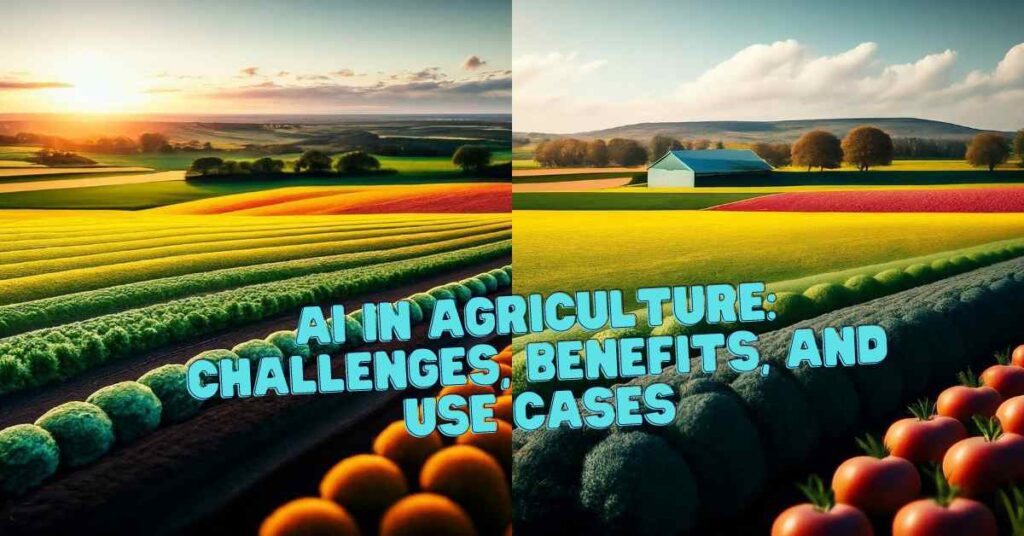

A. General Harvesting Options
1. Overview of Harvesting Methods:
Harvesting methods vary widely, ranging from traditional hand-picking to advanced mechanical solutions. Explore the evolution of harvesting techniques and their impact on agricultural practices.
2. Grape Harvesting Options:
Delve into the specific considerations for grape harvesting, a critical stage in winemaking. Discuss traditional methods alongside mechanical and robotic options.
a. Mechanical Harvesting:
Explain the use of mechanical harvesters in vineyards.
Highlight the efficiency and speed they bring to grape harvesting.
Discuss the potential impact on grape quality and winemaking processes.
b. Robotic Harvesting:
Explore the emerging trend of robotic harvesting in viticulture.
Discuss the advantages of precision and automation in grape harvesting.
Address challenges and ongoing developments in robotic technology.
3. Postharvest Processing—Revealing the Green Bean:
Uncover the crucial steps in postharvest processing, focusing on the example of green beans. Discuss how mechanical harvesting influences postharvest procedures and overall product quality.
4. Processing of Seaweeds:
Explore the unique challenges and opportunities in the mechanical harvesting of seaweeds. Discuss the importance of sustainable harvesting practices and the role of machines in seaweed processing.
B. Mechanical Harvesting in Horticulture
1. Harvesting of Horticultural Commodities:
Investigate the role of mechanical harvesters in horticulture, covering a range of crops from fruits to vegetables. Discuss the advantages and limitations of using machines in horticultural settings.
2. Mechanical Harvesting Techniques:
Explore specific techniques employed by mechanical harvesters, including limb shaking, canopy shaking, trunk shaking, air blast, and robotic harvesting. Highlight the suitability of each method for different horticultural crops.
a. Limb Shaker:
Discuss its application in orchards for fruits like apples, almonds, and pecans.
Address the efficiency and impact on crop yield.
b. Canopy Shaker:
Explore its use in crops with dense foliage, such as cherries and olives.
Highlight the precision achieved in harvesting.
c. Trunk Shaker:
Examine its effectiveness for crops like citrus fruits and nuts.
Discuss considerations for optimal results.
d. Air Blast:
Discuss the suitability for delicate crops like berries and certain nuts.
Address the balance between efficiency and potential crop damage.
e. Robotic Harvester:
Highlight the emerging technology’s applications in horticulture.
Discuss the advantages of robotic harvesting in terms of accuracy and adaptability.
This section provides a detailed exploration of harvesting techniques and options, covering a broad spectrum from vineyards to horticultural settings. By examining traditional and modern methods, the article aims to provide readers with a comprehensive understanding of the diverse approaches to harvesting in agriculture.
IV. Advantages and Challenges
A. Man vs. Machine: The Challenges of Harvesting
1. Rise of the Machines:
Explore the historical context of the shift from manual to mechanical harvesting. Discuss the factors that led to the rise of machines in agriculture and its impact on the industry.
2. Distinct Advantages of Mechanical Harvesting:
Examine the benefits that mechanical harvesting brings to the agricultural landscape. Discuss key advantages such as increased efficiency, speed, and the ability to handle large-scale operations.
3. Disadvantages and Limitations:
Address the challenges and limitations associated with mechanical harvesting. Explore issues such as machine precision, potential damage to crops, and the need for regular maintenance.
4. Suitability of Vineyards:
Discuss the specific challenges and considerations when implementing mechanical harvesting in vineyards. Explore the factors that determine the suitability of vineyards for machine use.
This section provides a balanced perspective on the advantages and challenges of adopting mechanical harvesting in agriculture. By understanding both the benefits and limitations, readers gain insight into the complexities of integrating machines into traditional harvesting methods.
V. Harvesting Wine Grapes


A. Mechanical Harvesting in Viticulture
1. Vineyard Physical Configuration:
Examine the importance of vineyard layout and physical characteristics in the context of mechanical harvesting.
a. Ground Slope:
Discuss how the slope of the ground affects the feasibility of mechanical harvesting.
Explore solutions and adjustments for vineyards with varying slopes.
b. Turning Radius:
Highlight the role of turning radius in determining the efficiency of mechanical harvesters.
Discuss considerations for vineyard design to accommodate turning radii.
c. Row-Spacing:
Explore the impact of row-spacing on the maneuverability of mechanical harvesters.
Discuss optimal row-spacing for efficient machine operation.
d. Trellising:
Discuss the influence of trellising systems on mechanical harvesting.
Address compatibility and adjustments required for different trellis designs.
2. Varieties Suitable for Mechanical Harvesting:
Identify grape varieties that are well-suited for mechanical harvesting and explore the characteristics that make them compatible with machine operations.
3. Mechanical Harvester Configurations:
Explore different configurations of mechanical harvesters designed specifically for grape harvesting.
a. Dedicated Harvesters:
Discuss machines designed exclusively for grape harvesting.
Highlight their features and advantages in vineyard settings.
b. Tow-Behind Harvesters:
Explore the concept of tow-behind harvesters.
Discuss their application and benefits in certain vineyard configurations.
c. Multi-Function, Self-Propelled Units:
Discuss versatile, self-propelled units capable of various vineyard tasks.
Highlight the efficiency and adaptability of these machines.
4. Mechanical Harvester Options:
Provide an overview of the diverse options available in the market for grape harvesting machines.
This section aims to provide a detailed understanding of the intricacies involved in mechanical harvesting specifically within the context of viticulture. By exploring the physical aspects of vineyards, grape varieties, and available machine configurations, readers gain insights into the considerations that winemakers and vineyard managers face when adopting mechanical harvesting practices.
VI. Differences Between Manual and Mechanical Harvesting
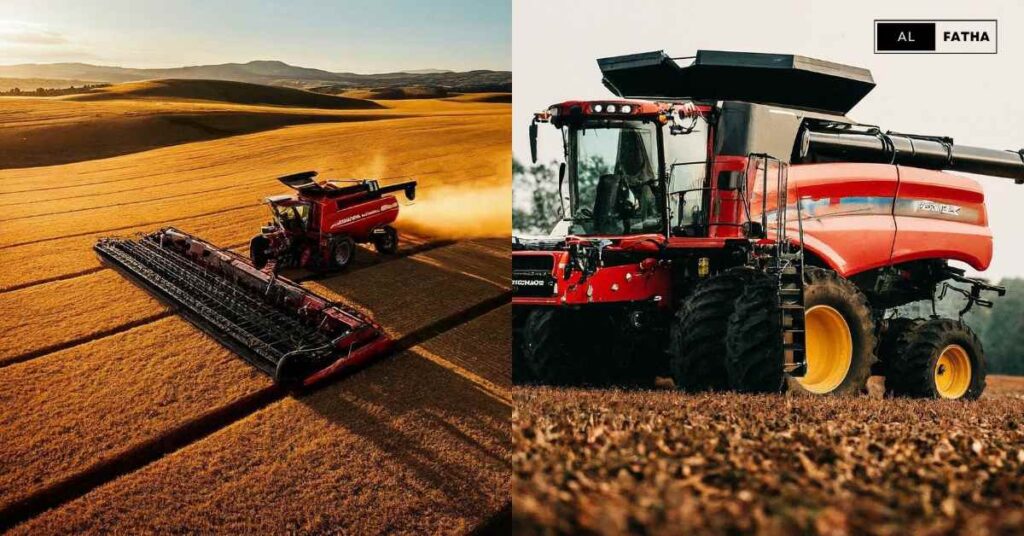

A. Comparing Harvesting Methods
1. Manual Harvesting:
Explore the traditional method of manual harvesting and its historical significance in agriculture.
2. Mechanical Harvesting:
Examine the advancements and technology behind mechanical harvesting.
a. Advantages of Mechanical Harvesting:
Discuss the efficiency and speed of mechanical harvesters compared to manual labor.
Explore how machines can handle large-scale harvesting more effectively.
b. Precision and Consistency:
Highlight the precision offered by mechanical harvesters in terms of uniformity and accuracy.
Discuss how this precision can positively impact crop quality.
c. Labor Intensity:
Address the reduction in labor intensity achieved through the use of machines.
Discuss the implications for labor costs and availability.
3. Challenges of Mechanical Harvesting:
Provide a balanced view by discussing the challenges associated with mechanical harvesting.
a. Potential Crop Damage:
Explore the risk of crop damage during machine operation.
Discuss strategies to minimize damage and maintain product quality.
b. Initial Investment and Maintenance:
Discuss the upfront costs associated with acquiring mechanical harvesters.
Explore ongoing maintenance requirements and associated expenses.
c. Adaptability to Terrain:
Address the limitations of machines in adapting to diverse terrains.
Discuss the need for adjustments in specific agricultural settings.
4. Environmental Considerations:
Explore the environmental impact of both manual and mechanical harvesting methods.
a. Sustainability in Agriculture:
Discuss the role of each method in sustainable farming practices.
Explore initiatives and technologies aimed at reducing the ecological footprint.
This section aims to provide a comprehensive comparison between manual and mechanical harvesting methods. By examining the advantages, challenges, and environmental considerations of both approaches, readers can make informed decisions regarding the most suitable harvesting method for their specific agricultural context.
VII. Control and Efficiency
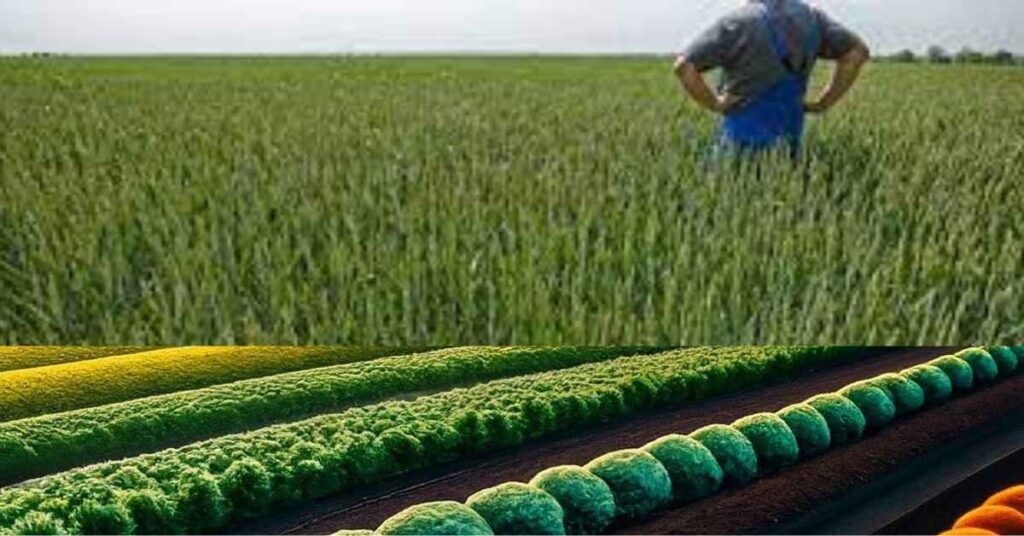

A. Managing Aquatic Vegetation with Mechanical Harvesting
1. Operational Mechanisms:
Explore how mechanical harvesting is utilized for controlling nuisance aquatic vegetation.
a. How Does the Mechanical Harvester Work?
Examine the operational principles behind aquatic vegetation mechanical harvesters.
Discuss the technologies and components involved in efficient aquatic plant removal.
b. How is the Plant Material Disposed?
Explore the methods employed for disposing of harvested aquatic vegetation.
Discuss environmentally responsible disposal practices and potential uses for the harvested material.
2. Advantages of Mechanical Harvesting:
Highlight the benefits of using mechanical harvesters for aquatic vegetation management.
a. Targeted Removal:
Discuss how mechanical harvesters allow for selective and targeted removal of specific vegetation.
Explore their effectiveness in addressing invasive species and restoring ecological balance.
b. Efficiency in Large Water Bodies:
Explore the efficiency of mechanical harvesters in large water bodies, such as lakes or reservoirs.
Discuss the advantages of quick and comprehensive vegetation removal.
3. Environmental Impact:
Examine the environmental considerations associated with using mechanical harvesting for aquatic vegetation control.
a. Minimizing Ecosystem Disruption:
Discuss strategies employed to minimize disruption to aquatic ecosystems during harvesting.
Explore environmentally friendly approaches to aquatic vegetation management.
4. Community and Regulatory Perspectives:
Address the perspectives of local communities and regulatory bodies regarding the use of mechanical harvesters for aquatic vegetation control.
a. Community Acceptance:
Explore how communities perceive the use of machines for managing aquatic vegetation.
Discuss potential concerns and benefits from a community standpoint.
b. Regulatory Compliance:
Examine existing regulations governing the use of mechanical harvesters in aquatic environments.
Discuss compliance measures and ongoing efforts to align with environmental standards.
This section provides an in-depth exploration of how mechanical harvesting is employed for managing aquatic vegetation, focusing on operational mechanisms, advantages, environmental impact, and community perspectives. By understanding the intricacies of this application, readers gain insights into the role of machines in preserving aquatic ecosystems.
VIII. Hand vs. Mechanical Harvesting
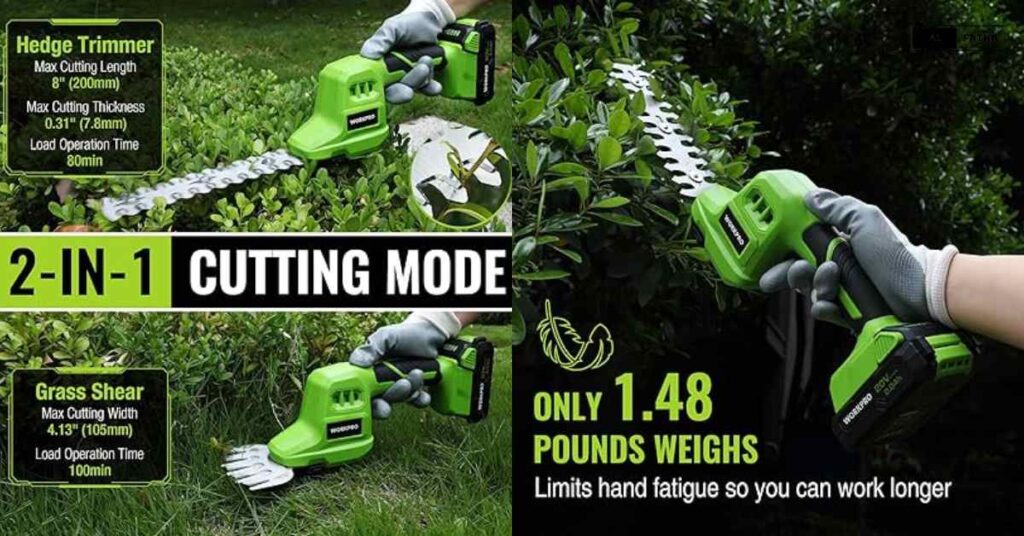


A. Evaluating Harvesting Methods
1. Mechanical Harvesting:
Explore the advancements and applications of mechanical harvesting in various agricultural contexts.
a. Efficiency and Speed:
Discuss how mechanical harvesters significantly enhance the speed of harvesting operations.
Explore the efficiency achieved in handling large-scale crops.
b. Labor Reduction:
Highlight the role of machines in reducing dependency on manual labor.
Discuss the implications for labor costs and availability.
c. Precision and Consistency:
Examine the precision and consistency offered by mechanical harvesters.
Discuss how these factors contribute to improved crop quality.
2. Hand Harvesting:
Delve into the traditional method of hand harvesting and its continued significance.
a. Cultural Importance:
Discuss the cultural and historical importance of hand harvesting in agriculture.
Explore its role in preserving traditional farming practices.
b. Quality Control:
Highlight how hand harvesting allows for meticulous quality control.
Discuss the impact on the overall quality of crops.
c. Adaptability to Terrain:
Explore the adaptability of human labor to diverse terrains and crop varieties.
Discuss situations where manual harvesting remains preferable.
3. Hybrid Approaches:
Discuss emerging trends that combine elements of both hand and mechanical harvesting.
a. Selective Harvesting:
Explore methods that integrate machine efficiency with human precision for selective harvesting.
Discuss scenarios where hybrid approaches offer optimal results.
b. Cost-Effective Solutions:
Examine cost-effective solutions that leverage both hand and mechanical harvesting.
Discuss strategies for maximizing efficiency while preserving quality.
4. Considerations for Crop Types:
Discuss how the choice between hand and mechanical harvesting is influenced by the nature of specific crops.
a. Suitability for Delicate Crops:
Explore scenarios where hand harvesting is preferred for delicate crops.
Discuss the challenges of using machines in such contexts.
b. Scale and Crop Demand:
Address the role of scale and crop demand in determining the most suitable harvesting method.
Discuss considerations for large-scale commercial operations versus smaller farms.
This section aims to provide a nuanced exploration of the ongoing debate between hand and mechanical harvesting methods. By comparing their advantages, cultural significance, and adaptability, readers gain insights into the diverse factors influencing the choice of harvesting techniques in modern agriculture.
IX. Conclusion
In the ever-evolving landscape of agriculture, the mastery of mechanical harvesting stands as a transformative force, reshaping the way we approach crop yields. From the specialized machines designed for fresh produce to the intricacies of grape harvesting in viticulture, the journey through mechanical harvesting unveils a world of efficiency, precision, and innovation.
As we weigh the advantages against the challenges, the dichotomy between hand and machine becomes evident, each possessing unique strengths and cultural significance. Yet, the future lies not in a binary choice but in the synergy of both methods—a harmonious blend of human expertise and technological prowess.
By understanding the nuances of mechanical harvesting, from aquatic vegetation control to considerations in viticulture, we pave the way for a sustainable and productive future in agriculture. As fields and vineyards embrace the hum of machines, the narrative of boosting crop yields like never before unfolds—a story of progress, adaptability, and a promise for a bountiful harvest on the horizon.
X. Frequently Asked Questions (FAQs) about Mechanical Harvesting Mastery: Boosting Crop Yields Like Never Before!
Q1: What is mechanical harvesting, and how does it differ from manual harvesting?
A1: Mechanical harvesting involves the use of specialized machines to gather crops efficiently. It differs from manual harvesting, where human labor is employed for the same task. Mechanical harvesting offers advantages such as speed, efficiency, and precision.
Q2: What types of crops can benefit from mechanical harvesting?
A2: Various crops benefit from mechanical harvesting, including fresh produce like fruits and vegetables, grapes for winemaking, and even aquatic vegetation in water bodies. The choice depends on the crop’s characteristics and the specific machinery available.
Q3: What are the advantages of mechanical harvesting over manual methods?
A3: Mechanical harvesting offers several advantages, including increased efficiency, speed, and the ability to handle large-scale operations. It also reduces labor intensity, ensuring a quicker and more cost-effective harvesting process.
Q4: Are there challenges associated with mechanical harvesting?
A4: Yes, there are challenges, including the potential for crop damage, upfront costs of acquiring machinery, and considerations related to adaptability to diverse terrains. However, ongoing technological advancements aim to address these challenges.
Q5: How does mechanical harvesting impact viticulture, specifically in grape harvesting?
A5: Mechanical harvesting in viticulture is influenced by factors such as vineyard layout, grape varieties, and the configuration of mechanical harvesters. It offers advantages in terms of efficiency, but considerations for ground slope, turning radius, and row-spacing are crucial.
Q6: Can mechanical harvesting be environmentally friendly?
A6: Yes, mechanical harvesting can be environmentally friendly. Advances in technology and sustainable practices aim to minimize disruption to ecosystems. The targeted removal of specific vegetation in aquatic environments and the overall reduction in carbon footprint contribute to environmentally responsible harvesting.
Q7: What role does community acceptance play in the use of mechanical harvesting?
A7: Community acceptance is an important factor in the use of mechanical harvesting. Understanding and addressing concerns within local communities, along with complying with regulations, are essential for the successful implementation of these technologies.
Q8: Is there a middle ground between manual and mechanical harvesting?
A8: Yes, there is a middle ground known as hybrid approaches. These methods combine the efficiency of machines with the precision of human labor. Selective harvesting techniques and cost-effective solutions that leverage both hand and mechanical methods are examples of hybrid approaches.
Q9: What does the future hold for mechanical harvesting in agriculture?
A9: The future of mechanical harvesting involves a balanced integration of human expertise and technological advancements. Synergy between hand and machine is key, ensuring a sustainable and productive future for agriculture.
